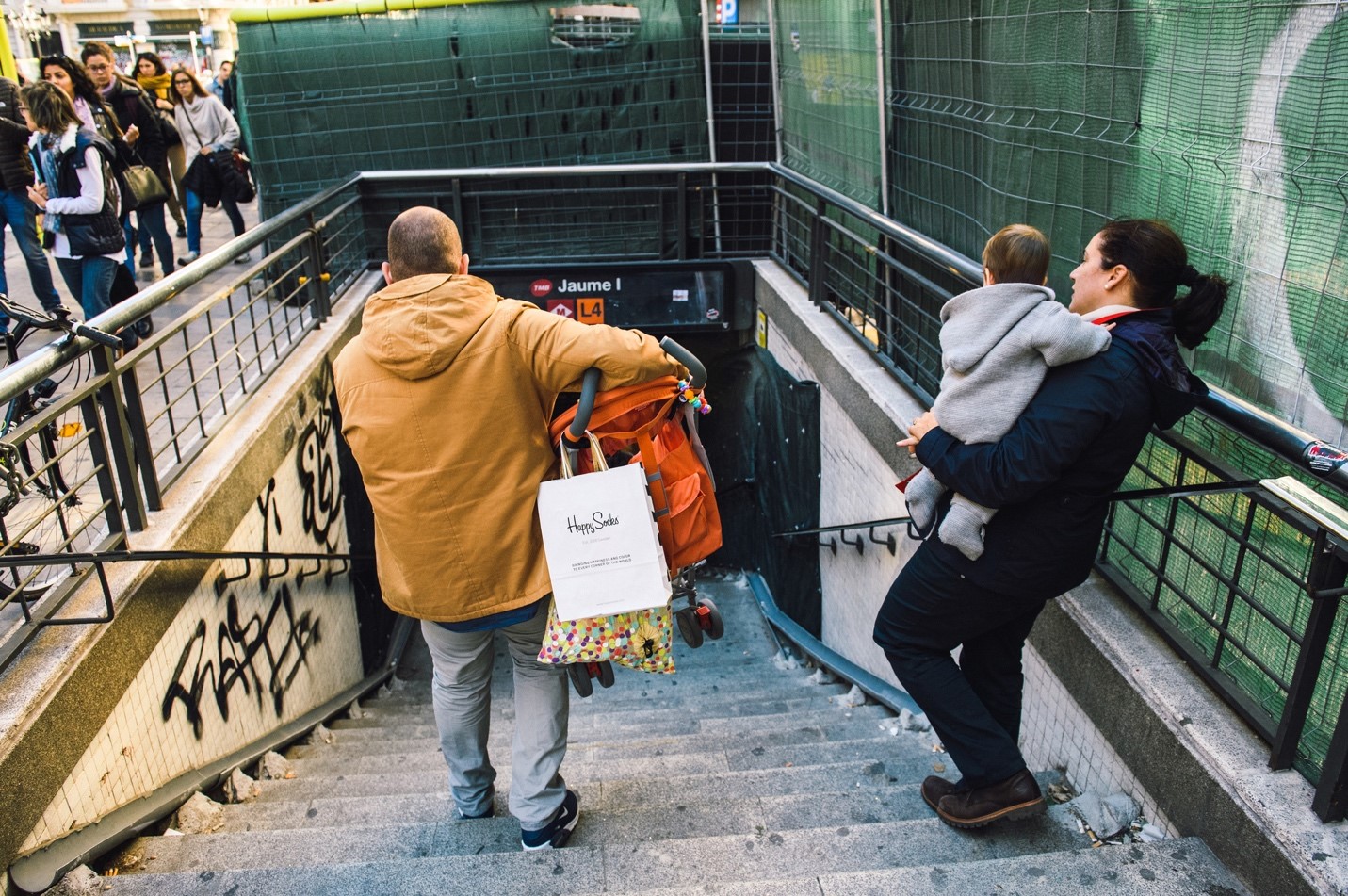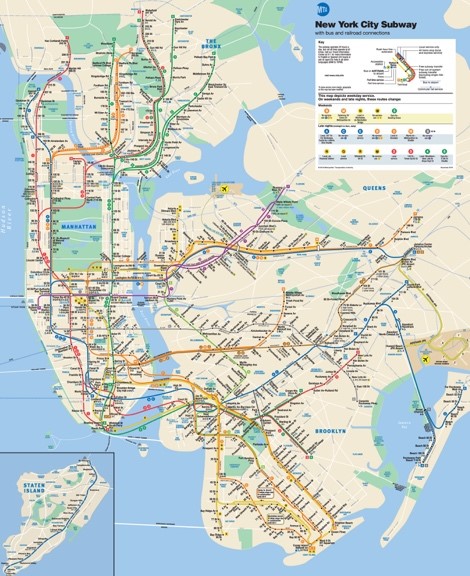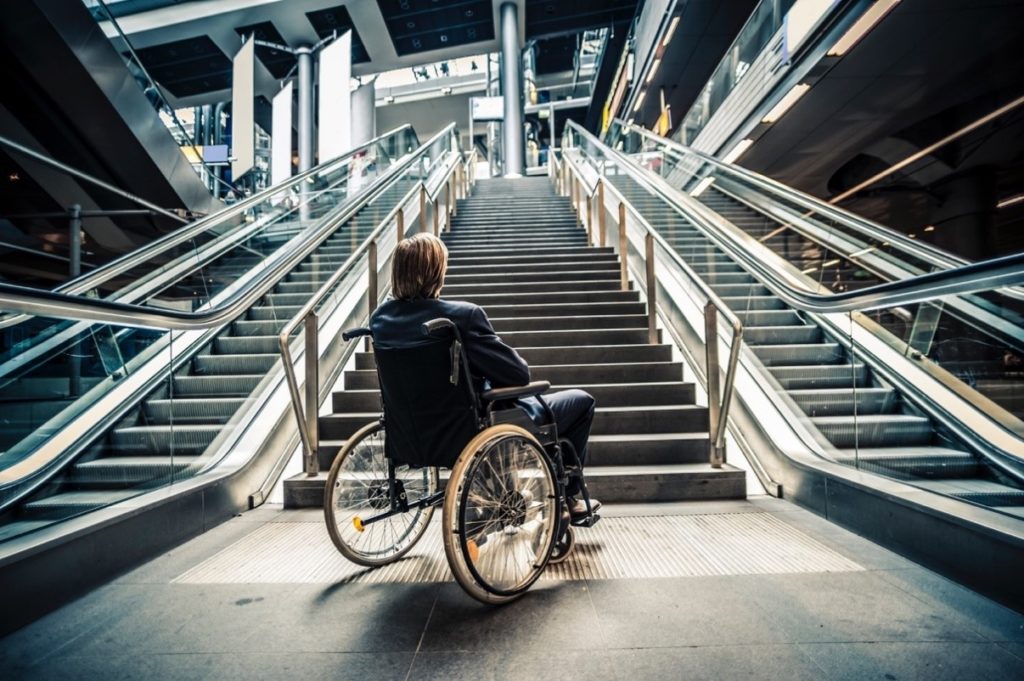AARP Hearing Center
Tragic Subway Death Highlights Need for Accessible Public Transportation
By Molly Evans, March 19, 2019 11:14 AM

While navigating a Manhattan subway station with her 1-year-old daughter recently, 22 year-old Malaysia Goodson fell down a flight of stairs. Tragically, the fall was no everyday spill; she ended up dying.
Goodson’s death has been met with public outrage over the circumstances that led to this tragedy. Why did this happen, and how might we prevent it in the future? Though Ms. Goodson’s cause of death is still unknown, the tragic incident has shined a light on the accessibility shortcomings facing New York City’s transit system. It also has shined a light on the need for accessible transportation in communities everywhere.
System Inadequacies
Goodson’s death occurred in a subway station that lacked both elevators and escalators, which apparently is the majority of them. A recent study showed that less than a quarter of the city’s 472 subway stations have elevators, making navigating the city especially challenging for parents with young children and those with mobility limitations. Even in stations that do have elevators, those elevators break down an average of 25 times per day. Further, accessible stations are widely spaced out—sometimes 30 or more blocks apart—which means getting to one’s destination can be especially complicated and time-consuming.

While alarming, news of New York City’s inaccessible transit system is not new; disability rights grouped sued the MTA in 2017 over the system’s inaccessibility.
A Ride is not ‘Just’ a Ride
Though the issues of New York’s subway system affect the transportation needs of its 6 million residents, transportation deficiencies affect some more than others. The inability to navigate one’s community can limit one’s ability to hold a job, go to school or socialize with others. In turn, such inability to participate in economic or social opportunities open to other community members can lead to isolation.

The reliability of transit systems especially impacts the lives of people who commute by wheelchair. Without access to reliable transportation, these individuals must often miss work events or social engagements. The New York Times interviewed 34-year-old Christopher Pangilinan on his experience in a wheelchair during his daily metro commute from Brooklyn to Manhattan:
“If everything was working 100 percent, and [all stations] had elevators, my disability would be transparent. It wouldn’t limit me. But because of the lack of elevators, my disability really comes to the forefront in terms of what activities I can engage in.”
Progress
Of course, accessibility issues are not unique to New York. Communities all over the country that are not built with accessibility in mind find that many residents—older adults, parents pushing strollers, travelers lugging bags, etc.—have a hard time getting around.
Despite the challenges, many communities across the country are working to address this issue by making transportation more accessible. Los Angeles and Washington, DC, for example, constructed public transit systems that are fully accessible.
Acknowledging the importance of access in a given community, the AARP Public Policy Institute’s Livability Index measures the percentage of accessible transit stations and vehicles in each metropolitan area as one aspect of community livability. While accessibility continues to be a barrier in certain communities across the country, many are implementing changes that improve their overall accessibility.
Ms. Goodson’s death has highlighted the often unmet need for accessible transportation, an issue often seen as facing just older adults or those with physical disabilities. This tragedy, involving a mother just trying to go about her daily life, shows that accessibility issues impact all of us, and improvements can benefit the entire community.


Rodney Harrell is vice president of livable communities and long-term services and supports at the AARP Public Policy Institute. His areas of expertise include livable communities, housing, residential patterns, and community development. Read his full biography.

Molly Evans is a Fellow with the AARP Public Policy Institute. Her work focuses on long-term services and supports, Medicaid, family caregiving and housing policy.































































